If you’ve got money to spend, pay per click campaigns (PPC campaigns) can be an impressive way to drive traffic, improve conversion rates, and subsequently generate sales for your business.
However, if you’re worried that you might need a lot of money in order to benefit from PPC ads, you might be surprised to learn that you can actually get by on a low daily budget.
Provided you pay attention to a few key factors, there’s no reason to why you shouldn’t be able to get great results, with a low daily budget PPC campaign.
In this article, we’re going to take a look at what you can do, in order to get big budget PPC campaign results, when your actual daily budget is low.
We’ll examine the mindset and tactics that you need to adopt, if you want to turn the odds in your favor, so that you can earn a return from a modest PPC campaign spend.
By the end of this article, you’ll feel a lot more confident that you know what needs to be done, in order to generate big results from a small PPC ad spend.
Let’s begin.
Data will help you stretch your spend
If you want to constantly get great results from a small PPC spend, you need to consistently study the data that your PPC campaigns are producing.
While there are some things that you can do ahead of time, to ensure that your campaign is going to succeed, monitoring your campaign data is what’s ultimately going to help you in the long run.
As a result, it’s important that you set up conversion tracking for your campaigns.
When you have conversion tracking set up, you’ll know exactly which PPC ads and targeting methods are producing favorable results.
You won’t have to rely on gut feeling or approximation that’s based on data that you gather from other sources.
When you know what’s driving positive results, you can quickly cut costs and allocate spending, so that your ads are generating a positive ROI.
Note: In this post, we’re going to assume that you’re using AdWords as your primary PPC method.
Here’s how you can set up conversion tracking for AdWords ads. Doing this will let you know which ads and targeting methods are driving revenue.
Log into your AdWords dashboard. Then, click on the ‘Tools’ tab and choose ‘Conversions.’
Then, choose ‘+Conversion’
Choose the ‘Website’ option.
In the next section, you have to provide some information related to your campaign.
Note: If you’re going to be selling multiple products, you might want to set up conversion tracking for each of your products.
You can do this by tracking transaction-specific conversion values. Setting this up is somewhat complex, so we won’t cover it here. But, you can learn more about it by reading this.
For the sake of this post, I’m going to pretend that I’m setting up a campaign aimed at helping me sell ‘brass door handles’ and that my store only sells brass door handles, each of which have the same price point.
Pick a name that will make it easy for you to quickly understand the conversion data.
In the value section, you’ll see that things can get a little more complex.
Here, you get the chance to decide what is going to count as a conversion.
Because I’m selling a single product, with the same conversion value, I pick the first option.
However, if I’m selling multiple products, I would have to pick the second option and make sure that I’ve properly set up transaction tracking.
Next, I’d need to decide how I’m going to ‘Count’ conversions.
The idea here is to determine how to track conversions, per unique visitor from an ad.
If I pick the ‘every’ option, then each purchase from a single ad will count as a conversion.
However, it’s arguably helpful to pick the ‘One’ option, to reduces the chances of an outlier screwing up your quality score data and making it easier to assess the overall effectiveness of an ad/targeting method.
Next, I have to pick a Conversion window.
This allows you to set a time limit for how long someone is counted as a conversion, after having clicked on your PPC ad.
30 days is a good figure, so I’ll just leave that as it is, for now.
Next, I’ll give this conversion a ‘Category.’
Pick a category that represents the conversion that you’re tracking.
The next section that requires your attention is ‘Attribution model.’
This section might sound a little complicated. But, in essence, you’re just deciding here which metric is going to get the credit for creating the conversion.
If you leave it as ‘Last click,’ you should be able to get reliable quality score data. When you gain some more experience, you can experiment with the other options.
Once, you’re finished, click on ‘Save and continue.’
You’ll then be provided with your tag. This tag needs to be inserted into your website code or ad copy.
If you’re going to be tracking purchases, it helps to place this tag on the landing pages people see, after they have completed their purchases, such as a sale confirmation page.
You can also use the Google Tag Assistant, to make sure that the tag has been installed properly.
Note: Linking your AdWords account to your Google Analytics account is also a good idea.
In doing so, you’ll be able to access data that isn’t available in AdWords.
The data provided by Analytics can help you assess user behavior, in relation to the ads driving traffic.
You can then use this quality score data to figure out what people are doing on your website and to make adjustments, in the hopes of improving conversions.
For example, if you find that a particular ad is generating a high bounce rate, it could mean that you need to better pre-sell your offer in your ad copy. Or, it could mean that your landing pages aren’t conveying the same message as the ad copy.
You can’t really get this kind of insight, using AdWords alone.
If you want to link the two, first log into your Google Analytics account.
Go the Admin section and click on ‘AdWords Linking,’ in the left hand sidebar.
You should then see the option to link your Google Analytics account with your AdWords account.
After clicking Continue, select ‘All Web Site Data.’
Then, click on ‘Link accounts.’
If you do this, you’ll be able to see which PPC ads and targeting methods are driving the highest levels of engagement on your site.
Here are some other things that you’ll be able to do.
You can use Google Analytics for more long-term refinement of your PPC campaigns. To begin with, however, tracking conversions is your priority.
Now that you’re able to collect quality score data that’s based on conversion rates, it is easier to iterate your PPC campaigns on the fly and ensure that you don’t ever lose money without knowing why.
We’ll come back to how you can use conversion rate data in a bit.
Keep your campaigns focused
Keeping your PPC campaigns focused means that you need to be very specific, in terms of the methods and tactics that you’re implementing.
There are several factors to keep in mind, when attempting to keep campaigns focused.
First, you need to make sure that you’re only using one ‘format’ of AdWords advertising.
You shouldn’t pick YouTube Ads and Google Search Ads, at the same time. If you choose more than one search network option, you’re going to be spreading your money too thin.
This will make it hard to gather enough data about what ads, search terms and targeting methods are driving results for each of your ad formats.
You’ll then struggle to make educated decisions about how you should be optimizing your PPC campaigns so that you can increase ROI.
It’s also going take longer to learn how to get the best results from a specific ad campaign, if you’re running multiple formats at once.
Only add another form of advertising when you’re generating great results from your initial choice. Or, if you’re really struggling to get results from your initial choice of advertising, drop it and then put all of your focus into another format.
Staying focused means that you also need to be precise about how you’re going to be targeting your ad.
If you don’t have a lot of money to spend, trial and error becomes less of an option for you. Because of this, you need to come up with ways that you can target your PPC ads effectively, from the beginning.
There are two avenues that you can take here.
The first is to make sure that you do as much research as possible, in order to find targeting methods that are going to yield results.
If you’re using Google Search, you can use the Google Keyword Planner to help you find keywords and search terms that embody some form of commercial intent, and negative keywords that do not.
Going after keywords that represent commercial intent, and avoiding negative keywords, can be a good idea, especially if you’re on a tight budget. Such keywords are often known to convert well, so you’re likely going to get the best return when targeting them.
This might sound paradoxical, as such keywords can often cost more.
But, if your landing pages are well optimized, it shouldn’t be to hard to generate a profit with such keywords, pretty quickly. If you don’t improve conversion rates and generate sales right away, you’ll also learn quickly that there is a problem with your landing pages.
Yes, it might appear cheaper to go for other keywords and search terms, but your costs will still rack up, if those keywords don’t represent strong commercial intent. That’s because, in most cases, you’ll need more clicks to achieve the same result.
If you try to go for low value keywords, you’re going to end up paying for it one way or another, and so it is better to figure out how to make these keywords work, and refine your approach, than it is to go after keywords that will give you a hard time.
Note: Later, we’ll cover how you can keep costs low, even when bidding on high cost keywords.
When inputting your keywords or negative keywords into AdWords, make sure that you set them to ‘Exact Match,’ so that you only bid on the keywords that you have selected and no other variations.
When picking keywords, don’t pick too many. Remember that you need to stay focused. To begin with, 5-7 high-value keywords should be enough, since you’re on a budget. Using negative keywords will also help to lower your daily budget.
If you want to learn more about targeting search ads effectively, you can read this guide.
If you’re using the Google Display network, you can use the Google Display Planner to help you find targeting methods that will garner high results.
If you have some experience with the Display search network, you’ll know that there are multiple ways to target your PPC ads and that the option you choose will depend on your ad format.
Either way, if you want to maintain tight control over your ad spend, targeting your ads using the Placement and Keywords option can be useful.
Similar to the keywords for a search network campaign, don’t pick too many targeting options, when deciding on your placements.
3-5 placements should be more than enough, especially if you’re going after highly relevant placements.
When it comes to keywords, you’re free to pick 40-50 – just make sure that the keywords you do pick are highly relevant.
If you want to learn more about targeting Display Network Ads, read this guide.
You can also use competitive analysis tools to help you better target your ads.
Using competitive analysis, you can work out what ads your competitors are running, where these ads are running and how long they’ve been running them for.
In general, you’ll find that if an ad has been running for a long time, it’s successful.
There are tools available that will help you conduct competitor analysis. However, you can also do competitor analysis on your own.
For example, you can search a particular keyword and then see which ads appear for that keyword.
Or, you could visit a certain site, or web page and review the Display ads and ad copy that appears.
In any case, if you want to learn how to use actual tools to get the job done, check out this guide on conducting competitor analysis.
Staying focused also applies to how many ads you should create.
Normally, it can be a good idea to create a lot of ads and then let the data tell you what it is going to work.
But, if you’re on a limited budget, doing things this way can result in you gathering little meaningful data, as your small ad spend is distributed among many ads.
Therefore, it helps to research what competitors’ ad copy look like and to take some time to understand what makes them work.
When you’ve done ample research, see if you can create something that hits upon similar psychological triggers, in order to drive clicks and improve conversion rates.
Using data to cut costs and promote winners
So, we took a look at how you can collect data for your PPC campaigns and how you can go about picking targeting options that will likely generate high returns.
Now, we need to figure out how to combine those two topics, so that we can use data to further refine our targeting.
Let’s look at how we can do this for a Search Campaign.
First, go to the AdWords dashboard.
Then, click on the relevant PPC campaign and then click on the ‘Keywords’ tab.
Then, sort your keywords by ‘Conversions.’
Upon doing so, you’ll now be able to see which keywords are driving the most conversions and deserve more of your budget. Additionally, you’ll now know which keywords you need to get rid of, too.
Next, let’s look at how you can do this for a Display Campaign.
To see conversion data, go to the relevant Display Campaign Ad Group, click on ‘Display Network’ and then pick the relevant targeting option.
If you can’t see the ‘Conversions’ column here, just click on the ‘Columns’ drop-down menu and add ‘Conversions.’
Just like before, you can sort your targeting options by conversion rates, to see where most of your results are coming from.
Drop the losers and think about putting that money behind the winners with a higher quality score.
If you want to, you can also figure out the times at which your conversions are highest. You can then use this data to stop your PPC ads from running, during times where cost is high, but ROI is low.
Go to the ‘Ad Groups’ section of AdWords and then click on ‘Segment.’
You then need to click on ‘Time’ and pick ‘Hour of day.’
You’ll see your Ad Groups data, tabulated by the hour.
Next, you need to stop your PPC ad running at ‘low ROI times.’
You can do this by going into the ‘Ad Schedule’ section of your campaign and adjusting the times that your campaign is active.
You can find the Ad Schedule section by choosing the relevant campaign, clicking the ‘Settings’ tab and then selecting ‘Ad schedule.’
Note: Changes you make here will affect the rest of your PPC campaign, so consider creating one Ad Group per campaign, if you plan on using this option.
To create an Ad schedule, click ‘+AD SCHEDULE.’
Then, select ‘Create custom schedule.’
Then, input the times where your conversion rates are highest, based on the data from earlier and click ‘Save.’
Note: To make any meaningful changes here, you’ll need to ensure that your ads have been running for a while, so that your data is reliable enough to inform a positive change.
It might also be a good idea to segment your PPC campaigns by location.
In doing so, you can intelligently direct your budget towards certain locations that are driving the most conversions.
To review location data, select a campaign that you want to assess, then click on ‘Settings’ and then ‘Locations.’
Click on ‘View location reports’ and select ‘Where your users were (user locations).’
Next, select a ‘Location.’
And choose to view the location in relation to ‘Town/City.’
In doing so, you can now see which towns and cities are driving the most conversions.
If you see some locations that are driving a lot of clicks, but now conversions, note down the locations and then go back to the initial ‘Locations’ page and click on the ‘Locations’ button.
Then, click on ‘Advanced Search.’
Paste or enter in the relevant locations that are failing to drive conversions.
Then, click on ‘Exclude all matched locations.’
You now should have removed locations that were costing you, but bringing no results.
Note: If you do this, it can also be a good idea to adjust the ad copy.
For example, if you find that a particular location is driving more conversions than anywhere else, you might want to make it obvious, in your ad copy, that you’re targeting that specific location.
Doing so can ensure that your ads are catch the attention of those they’re shown to.
Using remarketing features
If you want to get a great return on your ad spend, it also helps to make use of some advanced features that are provided by AdWords.
One of these features is, of course, remarketing.
If you can implement remarketing into your campaign, you’ll be able to generate leads/sales from people who clicked on your ads on a search engine, but took no significant action.
The money that you spend on remarketing is likely going to go further, because these people have already had some exposure to your brand/offer.
Remarketing can drive great results. Loews Hotels managed to boost revenue by 60%, with the help of remarketing. They also saw a drop in their CPA by 9% – meaning that things got cheaper.
A great thing about AdWords is that it allows you to do some pretty cool remarketing.
For example, you can reach people on other websites that they may be browsing, within YouTube and, in a way, in the search listings.
When it comes to remarketing, you’re free to be a little more experimental, reducing the need to focus primarily on one advertising format.
Therefore, you might want to experiment with Remarketing Lists for Search Ads. This feature allows you to show remarketing ads to people in the search engine listings, with a prominent ad position.
Though not technically remarketing, this form of advertising can allow you to reach past visitors, by bidding on high traffic search query keywords that cost a lot, per click.
Such keywords in search terms would normally be out of your price range, but if you implement RLSA campaigns, your ads will only show to those who belong to your remarketing lists, therefore limiting your spend.
This, of course, makes running a search campaign a lot more affordable.
RLSA Campaigns can be incredibly effective. Transunion achieved a 65% higher conversion rate, using such campaigns.
If you want to learn more about remarketing, you can check out my guide here.
Conclusion
Low cash levels can be a problem for many, when it comes to implementing PPC campaigns.
However, you should now know of some ways in which you can get the most out of a small daily budget.
Provided you’re collecting data and using that data to keep your campaigns streamlined, there shouldn’t be too much of an issue with getting your PPC campaigns started.
You can also make use of advanced remarketing tactics, to squeeze even more out of your ad spend.
Start setting up your campaign now and learn for yourself what’s possible with a modest PPC budget.
Do you have any tips to share, when it comes to running PPC Campaigns on a budget? Please share them in the comments below.



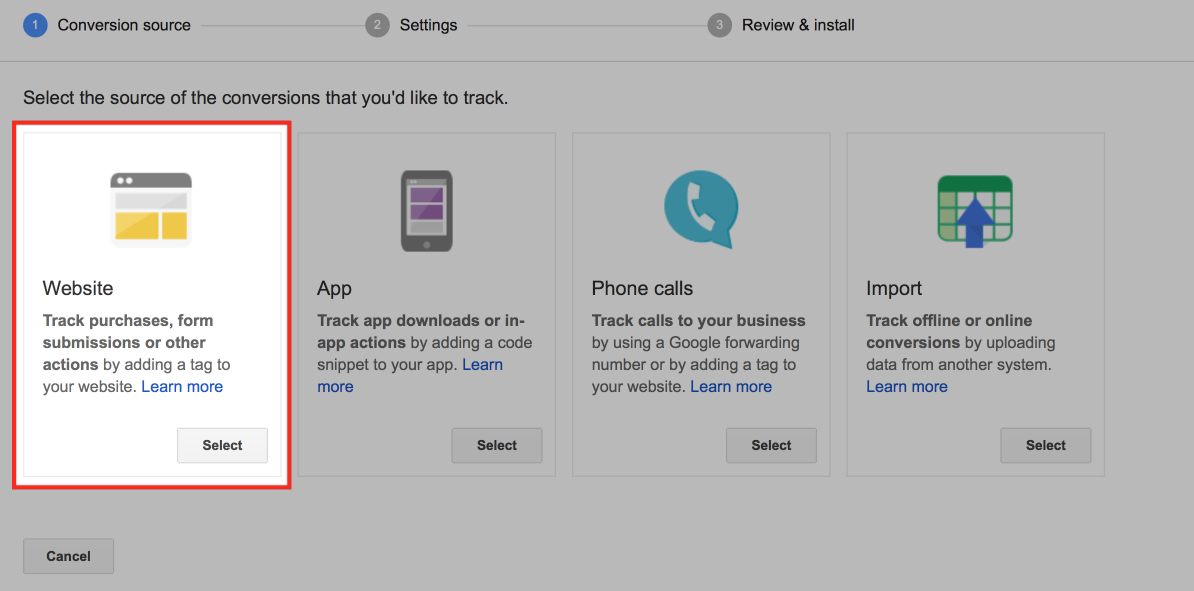
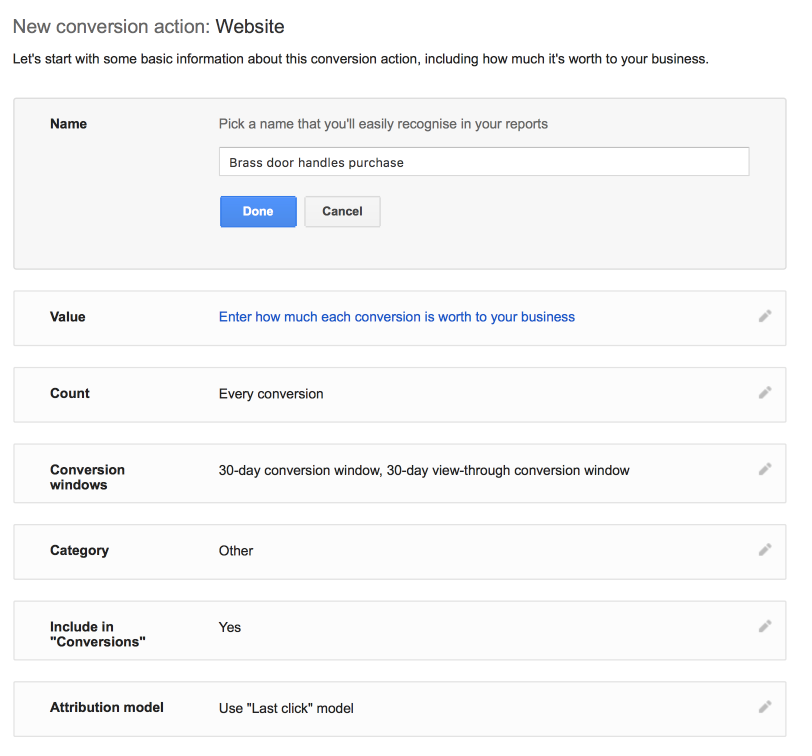





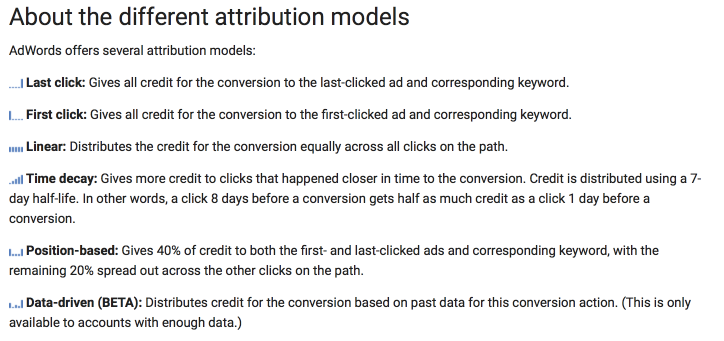



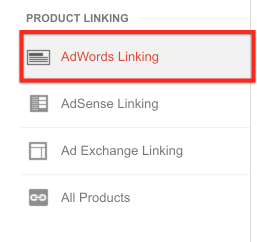







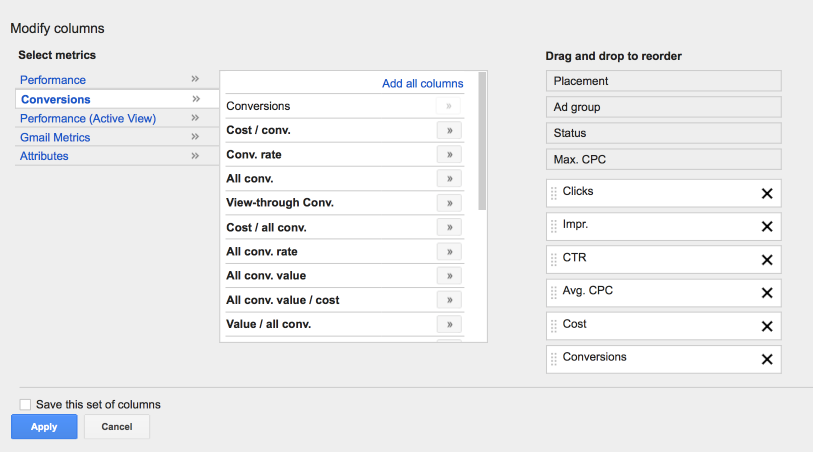








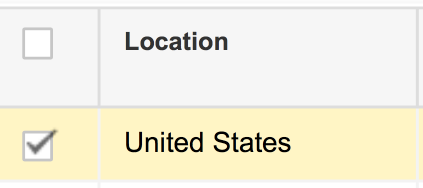
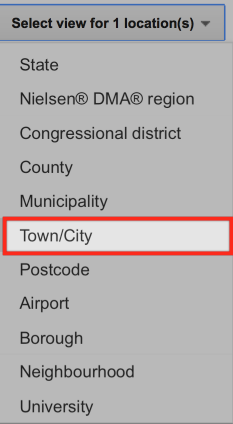




Comments (24)